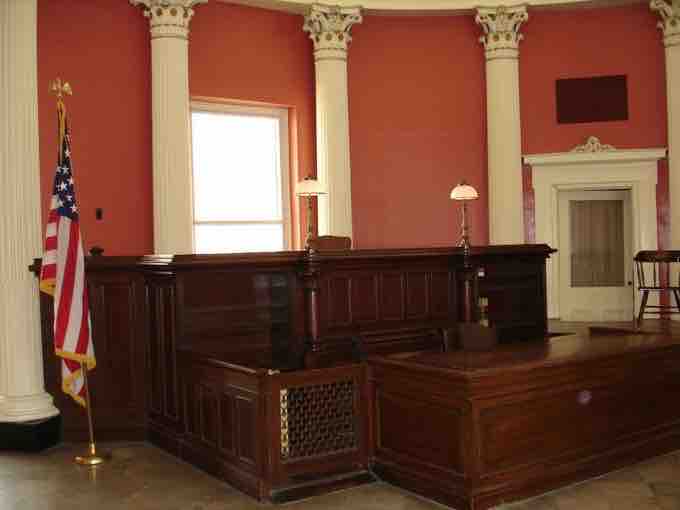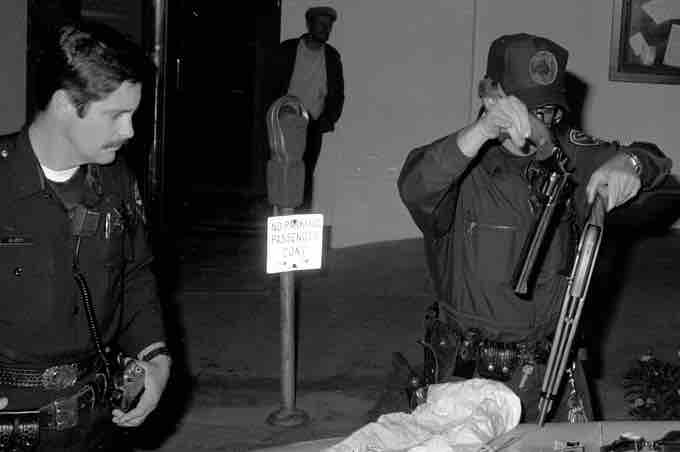Criminal justice is the system of practices and government institutions directed at upholding social control, deterring, and mitigating crime, or sanctioning those who violate laws with criminal penalties and rehabilitation efforts. The American criminal justice system consists of three main parts: (1) enforcement; (2) adjudication; and (3) corrections. These distinct agencies are the principal means of maintaining the rule of law within society.
The first contact an offender has with the criminal justice system is usually with law enforcement, most often the police who investigate a suspected violation and make an arrest. Next, the courts carry out adjudication or the legal processing of offenders. The courts serve as the venue where disputes are settled and justice is administered. Depending on the offense, either a judge or a jury determines whether the suspect violated the law and what their punitive sentence will be. If found guilty by the court, offenders are then turned over to correctional authorities. Correctional authorities may include prison wardens or social workers, depending on the type of offense.

Courtroom
The criminal justice system includes adjudication, wherein the courts legally process suspects to determine their guilt or innocence and sentencing.
Like all other aspects of criminal justice, the administration of punishment has taken many different forms throughout history. Early on, when civilizations lacked the resources necessary to construct and maintain prisons, exile and execution were the primary forms of punishment. Historically shame punishments have also been used as forms of censure.
The most publicly visible form of punishment in the modern era is the prison. Prisons may serve as detention centers for prisoners after trial. Jails are used for containment of the accused before trial. Early prisons were used primarily to sequester criminals and little thought was given to living conditions within their walls. In America, the Quaker movement is commonly credited with establishing the idea that prisons should be used to reform criminals. This can also be seen as a critical moment in the debate regarding the purpose of punishment.
In the United States, criminal justice policy has been guided by the 1967 President's Commission on Law Enforcement and Administration of Justice, which issued a ground-breaking report titled "The Challenge of Crime in a Free Society. " This report made more than 200 recommendations as part of a comprehensive approach toward crime prevention. Some of those recommendations found their way into the Omnibus Crime Control and Safe Streets Act of 1968. The commission advocated a "systems" approach to criminal justice, with improved coordination among law enforcement, courts, and correctional agencies. The commission defined the criminal justice system as the means for society to "enforce the standards of conduct necessary to protect individuals and the community. "

Police Confiscate Gun
Police officers are the most visible members of the law enforcement branch of the criminal justice system, and are charged with maintaining social order by arresting offenders who violate the law.